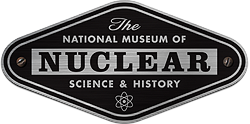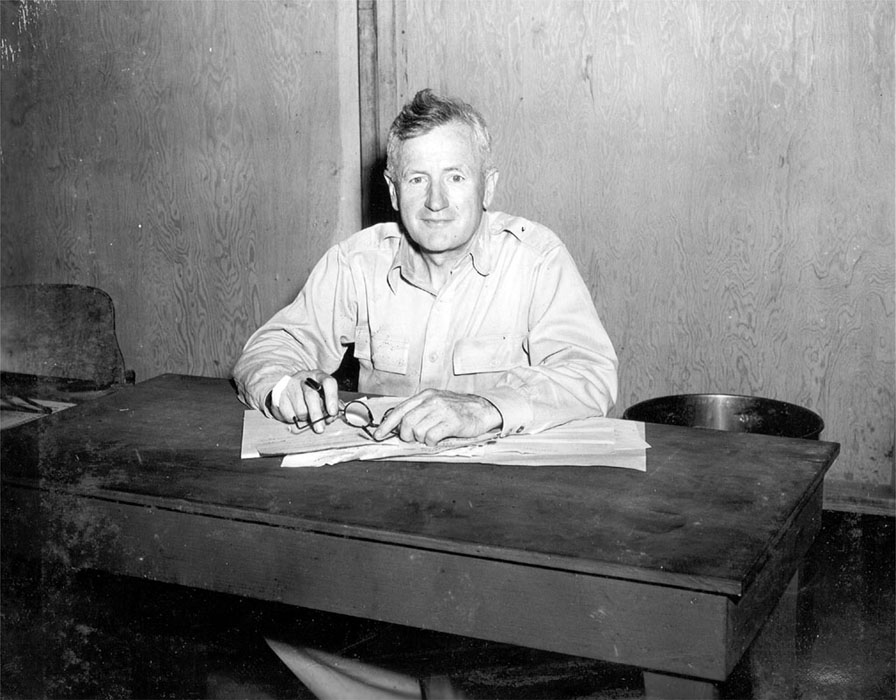Thomas Farrell (1891 – 1967) was a major general in the US Army.
Farrell was hand-picked by General Groves to serve as his deputy, or as the Deputy Commanding General of the Manhattan Project. Oppenheimer explained the physics of the bomb to General Farrell, and the two later watched the Trinity Test in a shelter 10,000 yards from the tower.
Farrell’s other responsibilities included briefing General of the Army Douglas MacArthur and serving on the Target Committee. Along with Admiral Purnell and Captain Parsons, General Farrell served as a Tinian Joint Chief — the informal title for those who made the decisions regarding the nuclear mission.
Following the atomic bombings, Farrell assembled a team to fly to Hiroshima and investigate the aftermath. Several days later, the team visited Nagasaki. While there, Farrell learned of the extensive Japanese preperations for the Allied invasion prior to the atomic bombings.
Farrel retired from active service in 1946.





